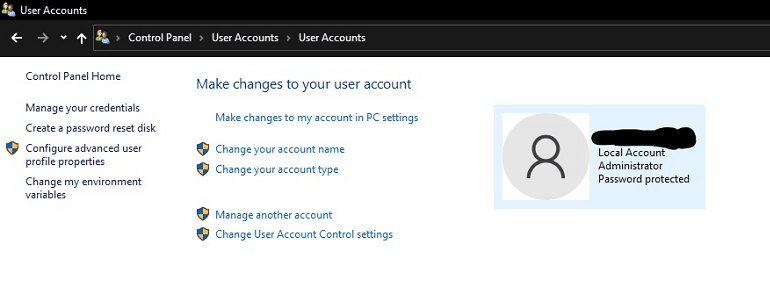How do I know if I have Windows Administrator Rights?
What are Windows Administrator Rights?
Windows administrator rights refer to the user's access level to the computer's system and settings. With these rights, a user can perform various administrative tasks, such as installing new software programs, creating and managing user accounts, making changes to the system configuration, and more. This level of access is critical for those who need to manage and maintain the computer, and it allows them to carry out tasks that are impossible with a standard user account. In essence, administrator rights give the user full control over the computer and the ability to make necessary changes to ensure it runs smoothly and efficiently.
Different ways to check if you have Windows Administrators Rights
Checking your Windows Administrator Rights using System Tools
- Press Windows + X and select "Computer Management" from the menu. The Computer Management console provides a centralized management environment for your computer.
- In Computer Management, expand "System Tools" and click on "Local Users and Groups". The Local Users and Groups option will show you the list of all the user accounts on your computer.
- Click on "Users" in the left pane. This will display the list of all the user accounts on your computer.
- Find your user account in the list and check if it is listed as "Administrator". If your user account has the administrator label, you have all the necessary rights and permissions to perform administrative tasks on your computer.

To check your administrator rights from the Control Panel:
- Press the Start button and select "Control Panel". The Control Panel provides access to a variety of settings and options that you can use to customize your computer.
- In the Control Panel, select "User Accounts and Family Safety". This option provides access to the settings related to your user account and your computer's security.
- Click on "User Accounts". This option provides access to the settings related to your user account, including your account type.
- Look under "Make changes to your user account". If you have administrator rights, it should say "Administrator". If it does not say "Administrator", you do not have the necessary rights to perform administrative tasks on your computer.
Check your rights using Command Prompt.
Another way to check whether you have Windows Administrator rights is by using the Command prompt. You can check if you have Windows administrator rights from the Command Prompt by using the following steps:
- Open Command Prompt: Click the Start button and type "Command Prompt" in the search bar. Right-click on the "Command Prompt" result and select "Run as administrator".
- Type the following Command: whoami /groups.
- Look for "S-1-5-32-544" in the list of groups. If it is present, you have administrator rights on the computer.
Note: If the "S-1-5-32-544" group is absent, you do not have administrator rights and may need to elevate your privileges or contact an administrator to perform the required task.
Having administrator rights on your computer is important because it allows you to install software, change system settings, and perform other tasks that require elevated privileges. If you don't have administrator rights, you will be limited in the tasks that you can perform on your computer. In such cases, you must contact your system administrator or the person who controls the computer to request administrator rights.
Sometimes, you may need temporary administrative rights to perform a specific task. You can temporarily use the "Run as administrator" option to elevate your privileges temporarily. To do this, right-click on the program or app you want to run and select "Run as administrator" from the context menu.
It is important to note that having administrator rights on your computer also means that you have complete control over your computer and its resources. This means that you can install or remove software, change system settings, and perform other actions that can impact the stability and security of your computer. Therefore, exercising caution and responsibility is important when performing tasks requiring administrator rights.
Conclusion
In conclusion, knowing whether or not you have administrator rights on your computer is important because it determines the tasks you can perform on your computer. When you have administrator rights, exercising caution and responsibility is important when performing tasks requiring elevated privileges. You can request administrator rights from your system administrator if you don't have administrator rights.